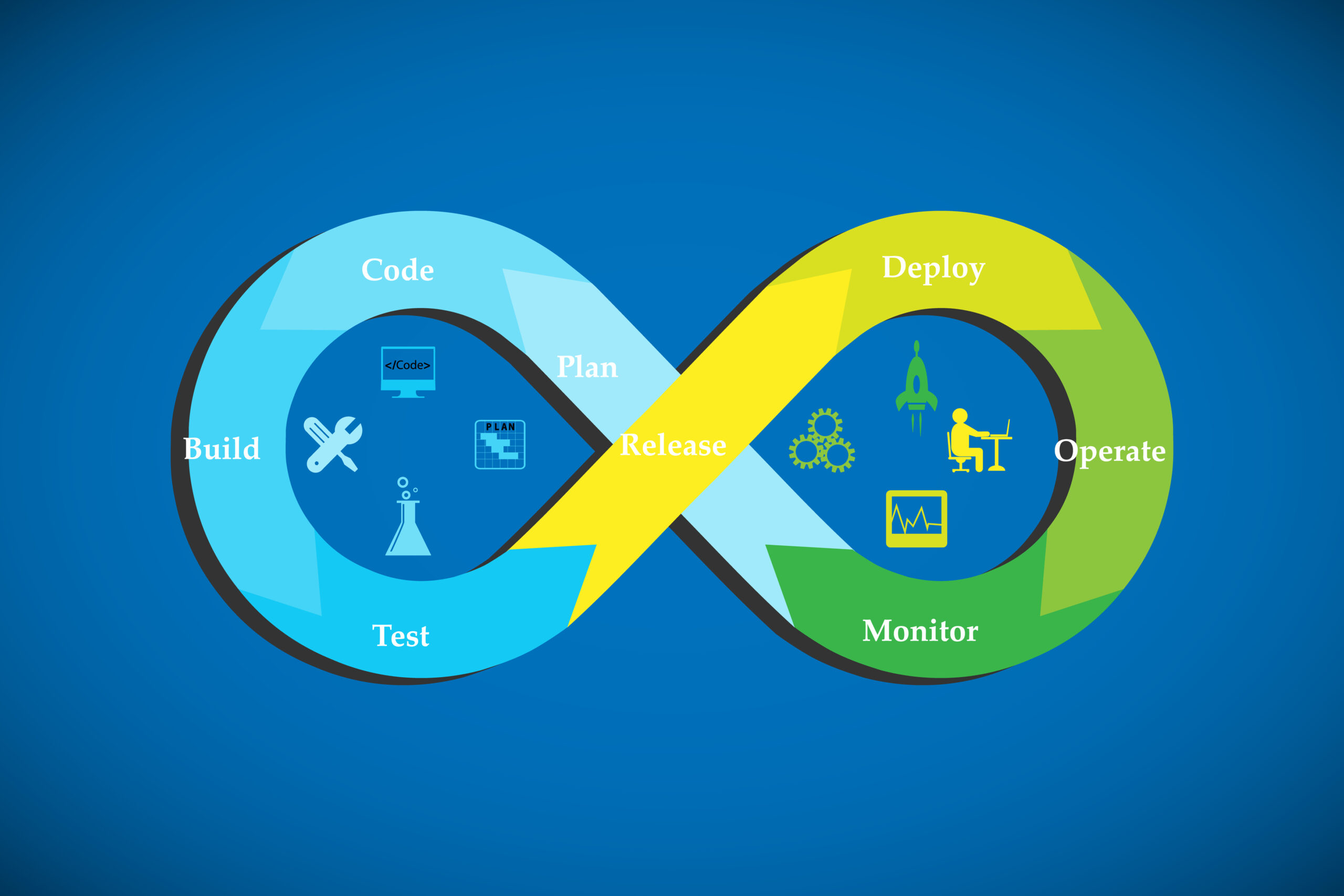
Why Continuous Testing is Vital in Agile & DevOps Environments

Ironically, it is easier to defining what Continuous Testing is by explaining what it isn’t. It is not a technology or a tool, like Test Automation, although automation will certainly underpin a Continuous Testing strategy. Likewise, it is not a plug-and-play process, where you can set up your Continuous Testing strategy in say, five easy steps and then presto, you’re done.
Continuous Testing is a methodology whereby testing is incorporated across all phases of software delivery. By testing early and testing correctly, it enables organizations to put in place the systems, processes, engineering, and automation needed to truly accelerate cycle time and deliver real business outcomes – higher quality products and services, enhanced customer experience, competitive differentiation, and operational efficiency.
Why is it vital?
“Do you want it done quickly or do you want it done right?” It feels almost nostalgic that you used to be able to counter any seemingly tough development task with that question. The reality is businesses need it done quickly AND they need it done right. We call this “the need quality at speed”. Today we live in an era where customers are increasingly empowered to choose or switch seamlessly between products and services that they view to provide the best experiences. Organizations that cannot keep up with their customers’ expectations and adapt to new business paradigms will find themselves losing customers to their competitors that can.
We know by now that DevOps and Agile development practices are essentially the norm across development organizations. Interestingly though, in a recent Forrester report for Tricentis, the analyst firm highlighted that Continuous Testing, done properly, is a key differentiator between DevOps and Agile leaders and DevOps and Agile laggards.
While Continuous Integration and Continuous Delivery functions have ramped up, their “cousin” Continuous Testing has not necessarily kept pace in many organizations. And as fundamental as CI/CD processes have become, no-one wants to be continuously integrating and delivering suspect code, which makes Continuous Testing a vital third part of the “Continuous” trinity.
What does Continuous Testing look like?
Some organizations might be forgiven for thinking that they already do Continuous Testing as they automate various aspects of their testing. This comes back to the earlier point that Test Automation is not Continuous Testing.
Automation is, by definition, the technique, method, or system of operation or controlling a process in a highly automated manner, reducing human intervention to a minimum. Continuous Testing on the other hand is a methodology, which is a system of doing something. So within Continuous Testing we must look at how we do everything from a holistic stance, not just a tactical one. From a testing perspective, that includes code quality, test coverage, performance testing, and an assessment of which components of the entire testing environment can be done in parallel or need to be further optimized. This means Continuous Testing needs to enhance the testing of software on a broader level through an organization’s approach to testing.
Many businesses focus on automating just one or two aspects of the testing ecosystem. There are a lot of tools on the market – many good ones like Applitools, Hexawise, and Mabl– that do just that. Good tools, or even excellent ones, will only take you so far without an over-arching strategy where they are aligned to deliver the greatest business benefit.
How can you transition to Continuous Testing?
Firstly, whatever level of testing maturity there is in your organization, developing a Continuous Testing strategy means aligning yourselves with the following business goals:
- Enhancing customer experience with better quality products
- Delivering high-quality products faster
- Adjusting quickly to increase customer/employee retention, satisfaction, and usability
- Reducing cost while improving operational efficiency
Taking that down a notch to the pragmatic reality of testing, that means addressing challenges at different points in the cycle:
- Requirements & expectations: Lack of traceability; requirements to test cases
- Test case definition & maintenance: Lack of categorization of tests; delays in understanding health of the product
- Test Automation: Insufficient automation delays QA cycle time
- Test Data, Environment, & Virtualization Management: Lack of scalable infrastructure creates inability to deliver QA requirements in compressed time periods; Lack of service virtualization ties up infrastructure for applications required to work with many external services and teams; Automation fails when external systems are not available; Lack of dynamic infrastructure provisioning creates inefficient resource utilization
- Test Execution & Regression: Lack of skillset/enablement of existing team members; difficulty recruiting and scaling
- Root Cause Analysis: Lack of real-time reporting on build & test process
- Insights & Analytics: Feedback Lack of centralized dashboard – for quality metrics, build metrics
Apexon offers a Continuous Testing framework which addresses all these aspects above. You can contact us via the form below to find out more. We also have a detailed Continuous Testing whitepaper, which can get you starting or advancing on your Continuous Testing journey.







